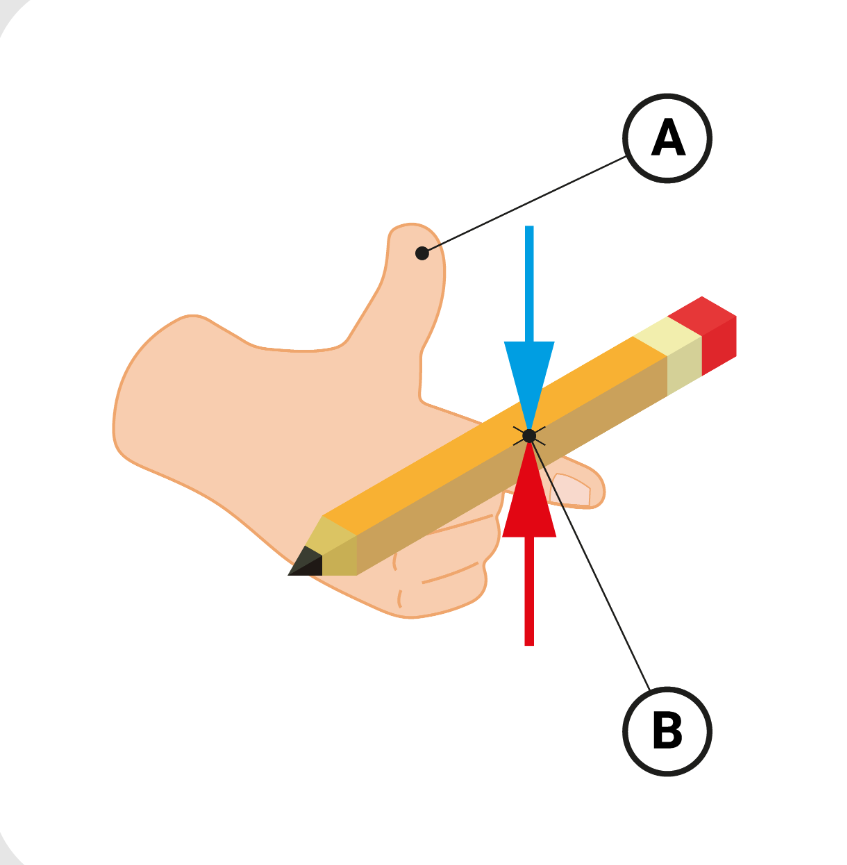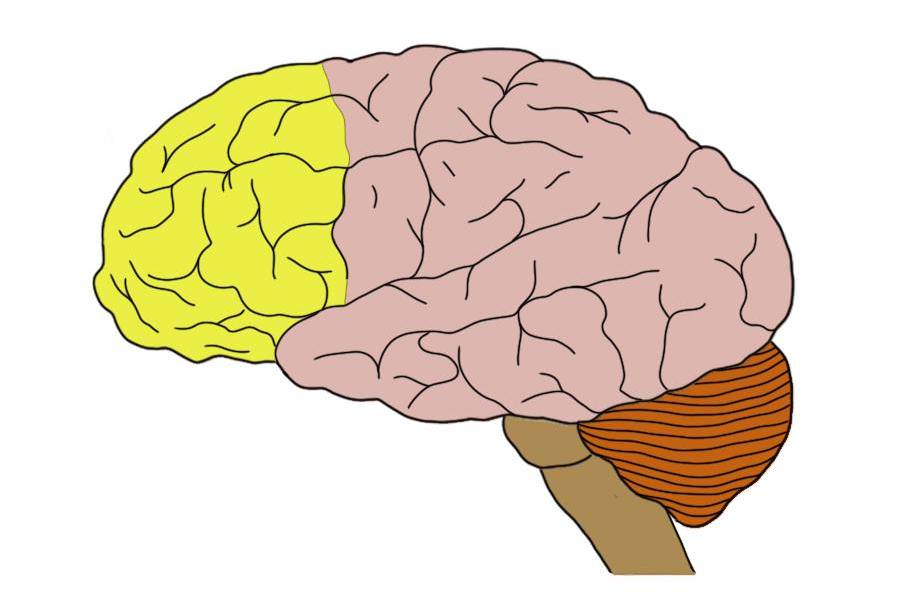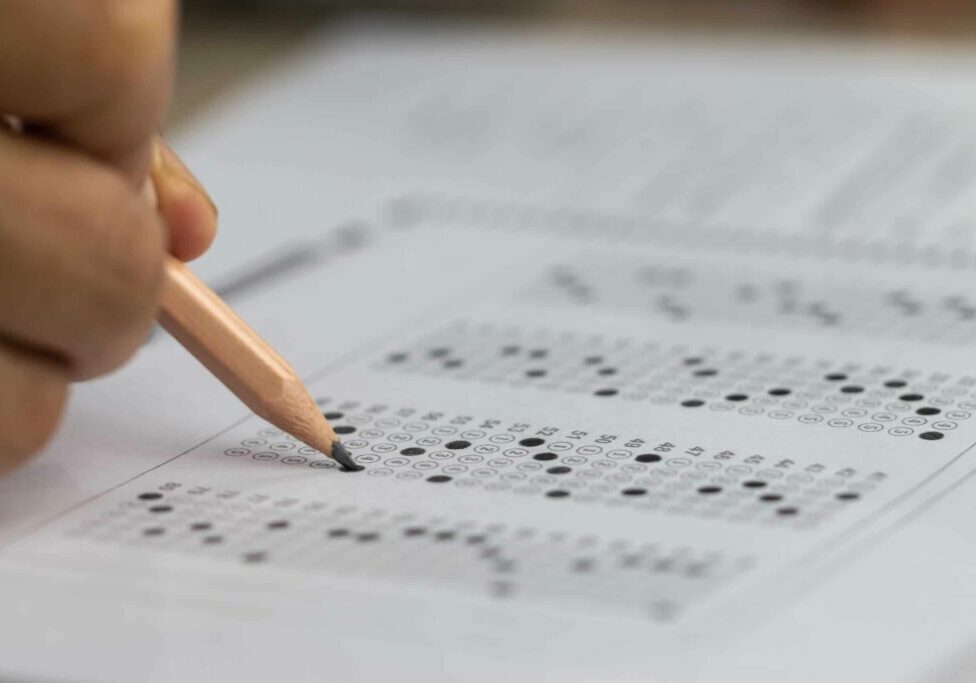Education
The RAT Model
The RAT Model, which stands for Replacement, Amplification, and Transformation, is a framework for evaluating technology integration in education. Developed by Dr. Joan Hughes, this model helps educators assess how technology is being used to support learning objectives. The three levels of the RAT Model are: Replacement: Technology is used as a direct substitute for […]
Education
The Publishing Stage
The publishing stage is the final step in the writing process, following prewriting, drafting, revising, and editing. During this stage, writers prepare their work for presentation to an audience. In educational contexts, publishing can take various forms, from sharing work with classmates to submitting articles for school publications. Key aspects of the publishing stage include: […]
Education
The Principle of Equilibrium
The Principle of Equilibrium is a key concept in Jean Piaget’s theory of cognitive development. It refers to the balance between assimilation (incorporating new information into existing mental schemas) and accommodation (modifying existing schemas to fit new information). This principle is fundamental to understanding how children learn and adapt to their environment. Key aspects of […]
Education
Present Level of Development
The Present Level of Development (PLD), also known as the Present Level of Performance (PLP) or Present Level of Academic Achievement and Functional Performance (PLAAFP), is a crucial component of Individualized Education Programs (IEPs) in special education. It provides a comprehensive description of a student‘s current abilities, strengths, and needs across various domains. Key aspects […]
Education
The Prereading Stage
The prereading stage, also known as the emergent literacy stage, is a crucial period in a child’s early literacy development. This stage typically occurs between birth and age 5, before formal reading instruction begins. During this time, children develop foundational skills that will support their future reading abilities. Key aspects of the prereading stage include: […]
Education
The Premack Principle
The Premack Principle, also known as “Grandma’s Law,” is a behavioral theory developed by psychologist David Premack in 1965. The principle states that a more probable or preferred behavior can be used to reinforce a less probable or preferred behavior. In simpler terms, it suggests that a desirable activity can be used as a reward […]
Education
The Prefrontal Cortex
The prefrontal cortex (PFC) is a region of the brain located at the front of the frontal lobe. It’s often referred to as the “executive center” of the brain due to its crucial role in higher-order cognitive functions. Key functions of the PFC include: Executive functioning: Planning, decision-making, and problem-solving Emotional regulation: Managing and moderating […]
Education
The Praxis Series
The Praxis Series is a set of standardized tests used for teacher certification in the United States. Developed and administered by the Educational Testing Service (ETS), these tests are designed to measure the knowledge and skills of aspiring educators. The series consists of three main components: Praxis Core Academic Skills for Educators: This test assesses […]
Education
What is the Local School District Office?
The Local School District Office, also known as the district’s central office or administrative headquarters, is the nerve center of a school district’s operations. It houses the superintendent and various administrative departments responsible for managing the district’s day-to-day functions and long-term planning. Key functions of the Local School District Office include: The district office works […]
Education
What is the Local School Board?
The Local School Board is a crucial component of the American public education system, serving as the governing body for school districts. Elected by community members, these boards typically consist of 5-9 individuals who volunteer their time to oversee the district’s operations, policies, and overall direction. Key responsibilities of Local School Boards include: School board […]














